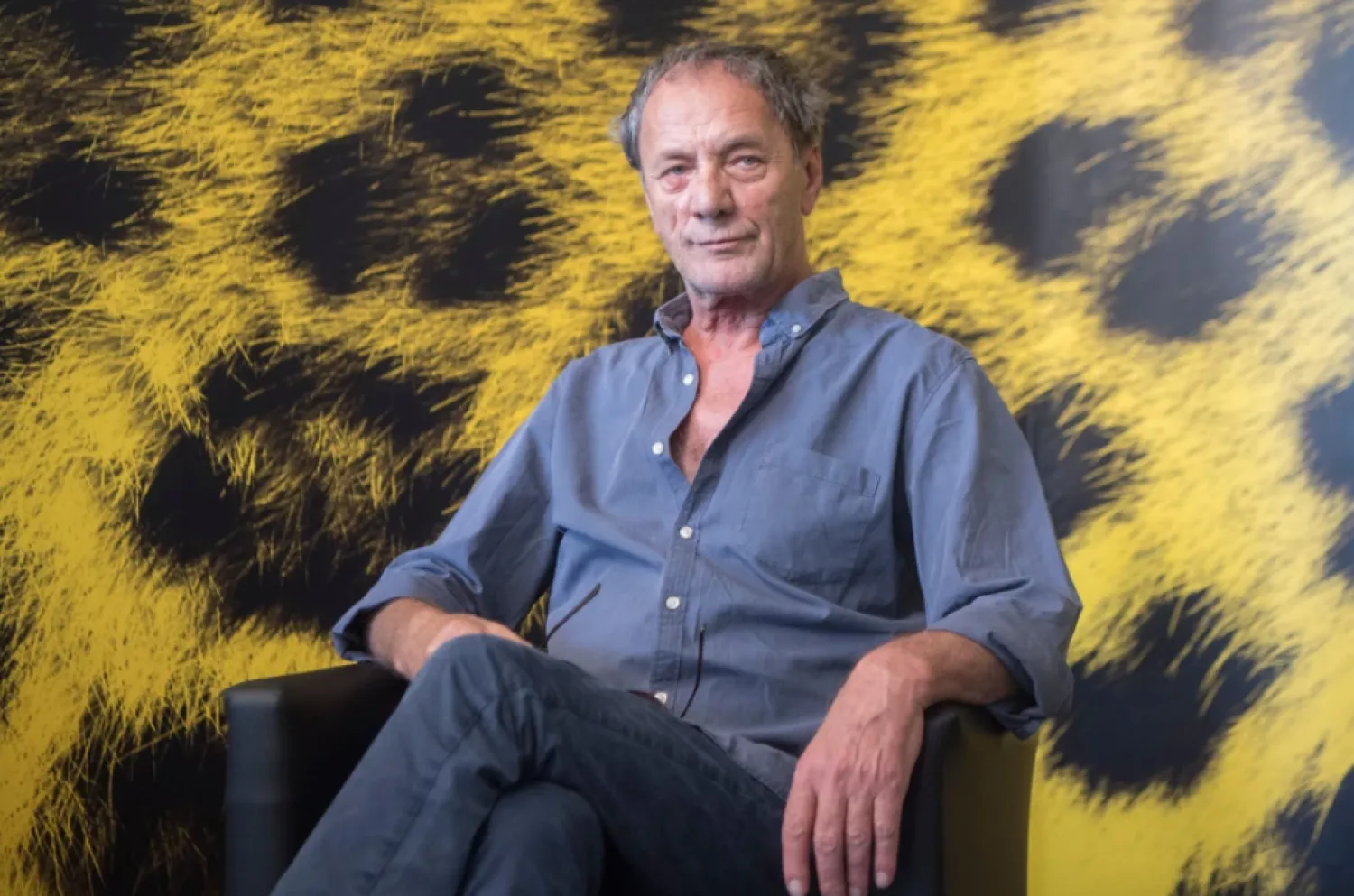Boeing and Lockheed Martin's joint rocket venture, United Launch Alliance (ULA), plans to upgrade a version of its Vulcan rocket to challenge SpaceX's Starship in the low Earth orbit satellite launch market, the company's CEO said.
ULA wants to develop a Vulcan model tailored to the increasingly lucrative low Earth orbit (LEO) market, mainly due to SpaceX launching thousands of satellites there for its Starlink Internet service.
"We have recently completed a big trade study for what we want to have to be competitive in a future LEO market," ULA's CEO Tory Bruno told Reuters.
"And we've selected a modification to Vulcan which gives us significantly more mass to LEO and puts us in a competitive range."
ULA's Vulcan rocket, powered by engines from Jeff Bezos' Blue Origin, made its first two launches this year and is designed primarily to meet the demands of Pentagon missions into various orbits.
Among the options ULA drew up for an LEO-optimized version, Bruno said, were a "Vulcan Heavy," or three Vulcan core boosters strapped together. He also said there were "other Vulcan configurations that are pretty unique, that have propulsion in unusual places".
Though SpaceX's Starship is primarily designed for crewed missions to the moon and Mars, the company plans to use it to accelerate its deployment of huge batches of Starlink satellites into low Earth orbit.
That has put pressure on SpaceX's rivals to match Starship's capabilities as other firms like Amazon scramble to build competing satellite networks, driving demand for big launchers.
ULA expects to finish development of the variant by the time he believes Musk's Starship - a gigantic rocket that is eventually meant to go to Mars - begins offering LEO satellite launches, Bruno said, which he suggests could be several years from now.
"We're not going to be facing him in that particular marketplace for a while," Bruno predicted.
Musk has said he wants to roughly double the power of Starship and refine the rocket's ability to quickly return to land in giant mechanical arms, indicating SpaceX is anywhere between several months to over a year from flying LEO Starlink satellites.
ULA has several Vulcan missions booked with Amazon to deploy its Kuiper internet satellites into space, making the rocket an important part of Amazon's strategy to challenge Starlink. Amazon has also booked launches with other rockets as part of a record 2022 multi-launch agreement.
SpaceX has launched six Starship test flights to space from its Starbase rocket campus in south Texas, displaying its dramatic test-to-failure ethos involving successive upgrades and incremental testing milestones before locking in a commercial-grade design. Other companies, including ULA, will not launch a new rocket until its design is finalized.
ULA is aiming to fly eight Vulcan missions next year and 12 missions with Atlas V, Vulcan's retiring predecessor.
Vulcan starts at a launch price of roughly $110 million - slightly over the base price of a SpaceX Falcon 9 - and has a book order of roughly 70 missions including its Amazon missions, adding urgency to get the rocket flying routinely.
ULA, formed in a 2006 merger of Boeing and Lockheed's space launch programs, has been up for sale for over a year, drawing interest from Sierra Nevada Corp's space unit Sierra Space and Bezos' Blue Origin, Reuters has previously reported.









